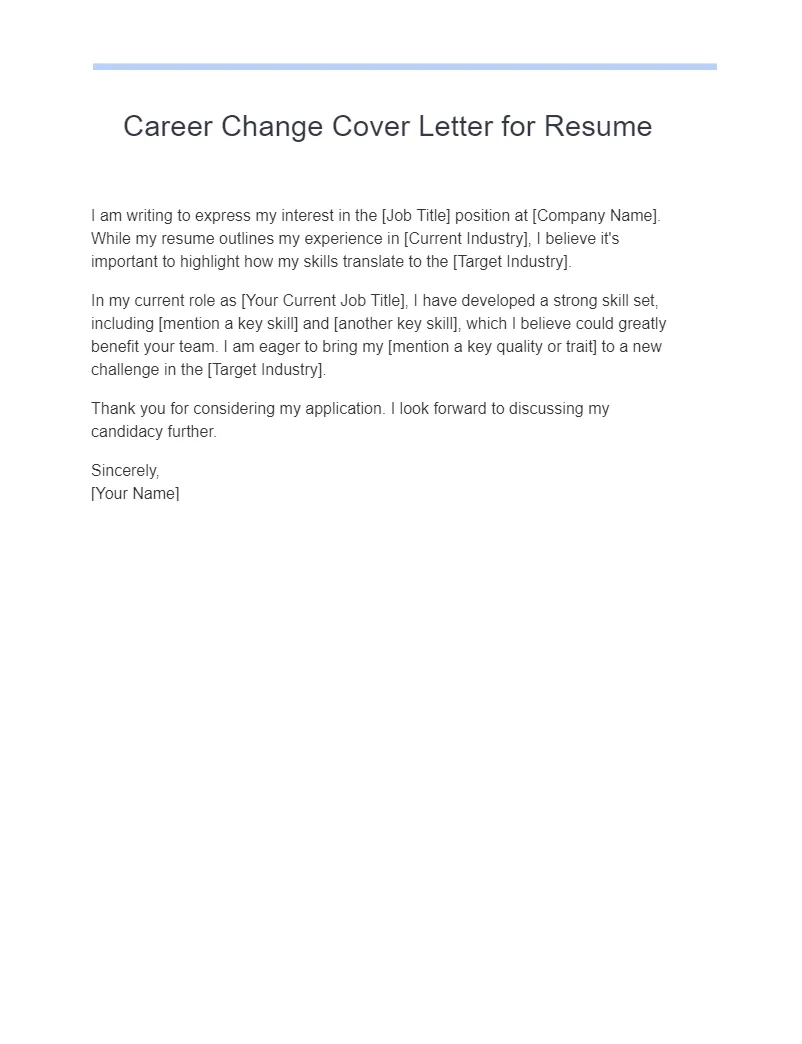Crafting Your Career Change Resume Cover Letter
Embarking on a career change is an exciting yet challenging endeavor. Your resume cover letter is a crucial tool in this transition, serving as your first introduction to a potential employer. It’s not just a formality; it’s an opportunity to showcase your adaptability, highlight transferable skills, and explain your reasons for seeking a new path. A well-crafted cover letter demonstrates your genuine interest in the role and the company, making you stand out from other candidates. By following these tips, you can create a compelling narrative that captures the attention of hiring managers and increases your chances of securing an interview.
Highlighting Transferable Skills
One of the most important aspects of a career change cover letter is emphasizing transferable skills. These are the skills you’ve gained in previous roles that are relevant to the new position, even if the job titles or industries differ. These skills can include project management, communication, leadership, problem-solving, or technical abilities. Clearly identifying and articulating these skills helps employers understand your potential. In your cover letter, specifically mention how these skills align with the requirements of the new role and how you intend to use them to contribute to the company’s success.
Identifying Relevant Skills for the New Role
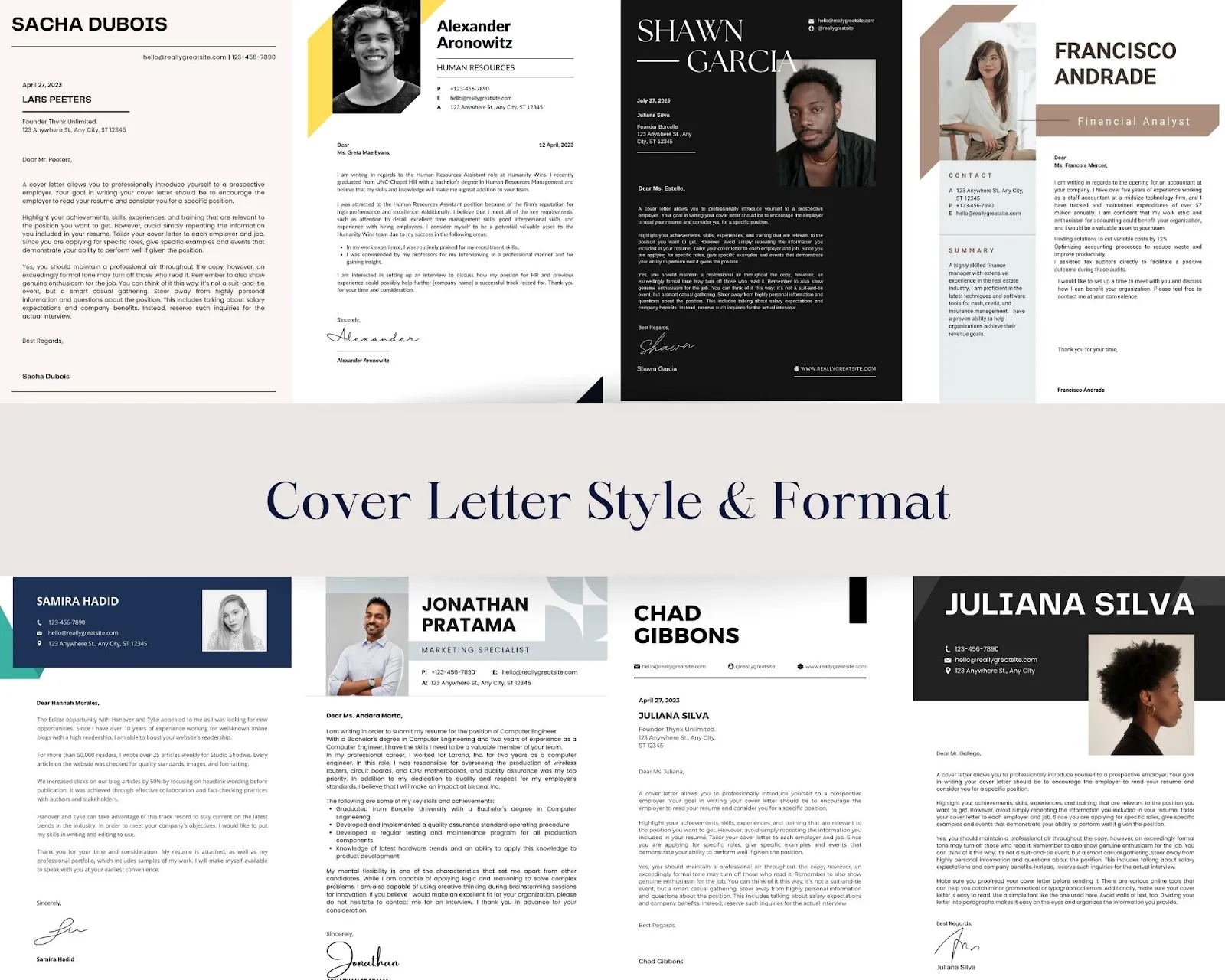
Before you start writing, carefully analyze the job description. Identify the key skills and qualifications the employer is seeking. Then, reflect on your past experiences and pinpoint instances where you’ve demonstrated those skills. Provide specific examples of how you’ve used these skills to achieve positive outcomes in your previous roles. For instance, if the job requires strong communication skills, describe a project where you successfully led a team and effectively communicated project updates to stakeholders. By focusing on these relevant skills, you demonstrate your ability to perform the job and show the hiring manager that you’re a good fit.
Showcasing Accomplishments, Not Just Duties
Instead of simply listing your previous job duties, focus on your accomplishments. What did you achieve in your previous roles? Did you increase sales, streamline a process, or improve customer satisfaction? Quantify your achievements whenever possible to demonstrate the impact you made. Recruiters want to see evidence of your success, so provide compelling examples that highlight your abilities. By showcasing your accomplishments, you paint a clear picture of your capabilities and show that you have the skills and experience needed to excel in the new role. This approach is particularly effective in a career change, as it demonstrates that you can transfer your skills to different environments.
Quantifying Achievements to Demonstrate Impact
Numbers speak volumes. Instead of saying “improved customer service,” say “increased customer satisfaction scores by 15%.” If you boosted sales, specify the percentage increase or the total revenue generated. If you streamlined a process, mention how much time or money you saved. Providing quantifiable results gives employers a concrete understanding of your value and the contributions you can make. Using numbers shows that you not only have the skills but also the ability to deliver tangible results. This approach is especially important when transitioning careers, as it provides objective evidence of your capabilities in a new field.
Tailoring Your Cover Letter to the Job
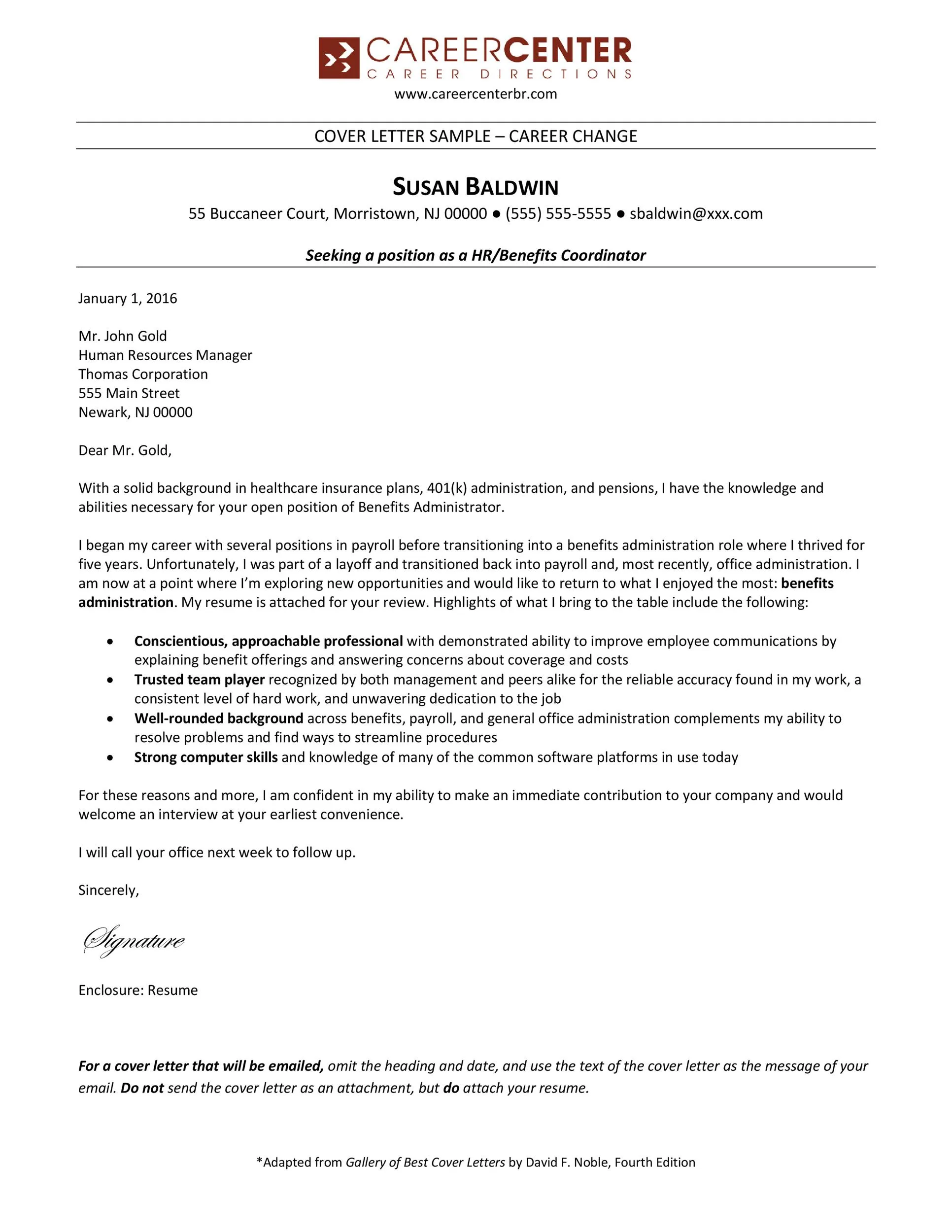
A generic cover letter won’t cut it when you’re changing careers. You need to tailor each cover letter to the specific job and company you’re applying for. This requires research and personalization. Addressing the specific requirements of the role demonstrates that you have taken the time to understand the position and the company’s needs. By making this effort, you show employers that you are serious about the opportunity and are willing to go the extra mile.
Researching the Company and Understanding Needs
Before you start writing, research the company’s mission, values, and recent projects. Understand the industry and the challenges the company faces. This knowledge will allow you to frame your cover letter in a way that shows how your skills and experience can benefit the company. You can find information on the company website, in news articles, and on social media platforms. Tailor your letter to reflect the company’s culture and to address its specific needs. Showing that you’ve done your homework demonstrates your genuine interest and dedication.
Using Keywords from the Job Description
Carefully review the job description and identify the keywords the employer uses to describe the ideal candidate. Incorporate these keywords naturally into your cover letter. This ensures your application is seen by applicant tracking systems (ATS) and demonstrates to the hiring manager that you possess the required skills and experience. However, avoid keyword stuffing; your letter should still read naturally and be focused on showcasing your unique value. The goal is to highlight the skills that the company is looking for, so they know you’re qualified.
Addressing the Career Change Directly
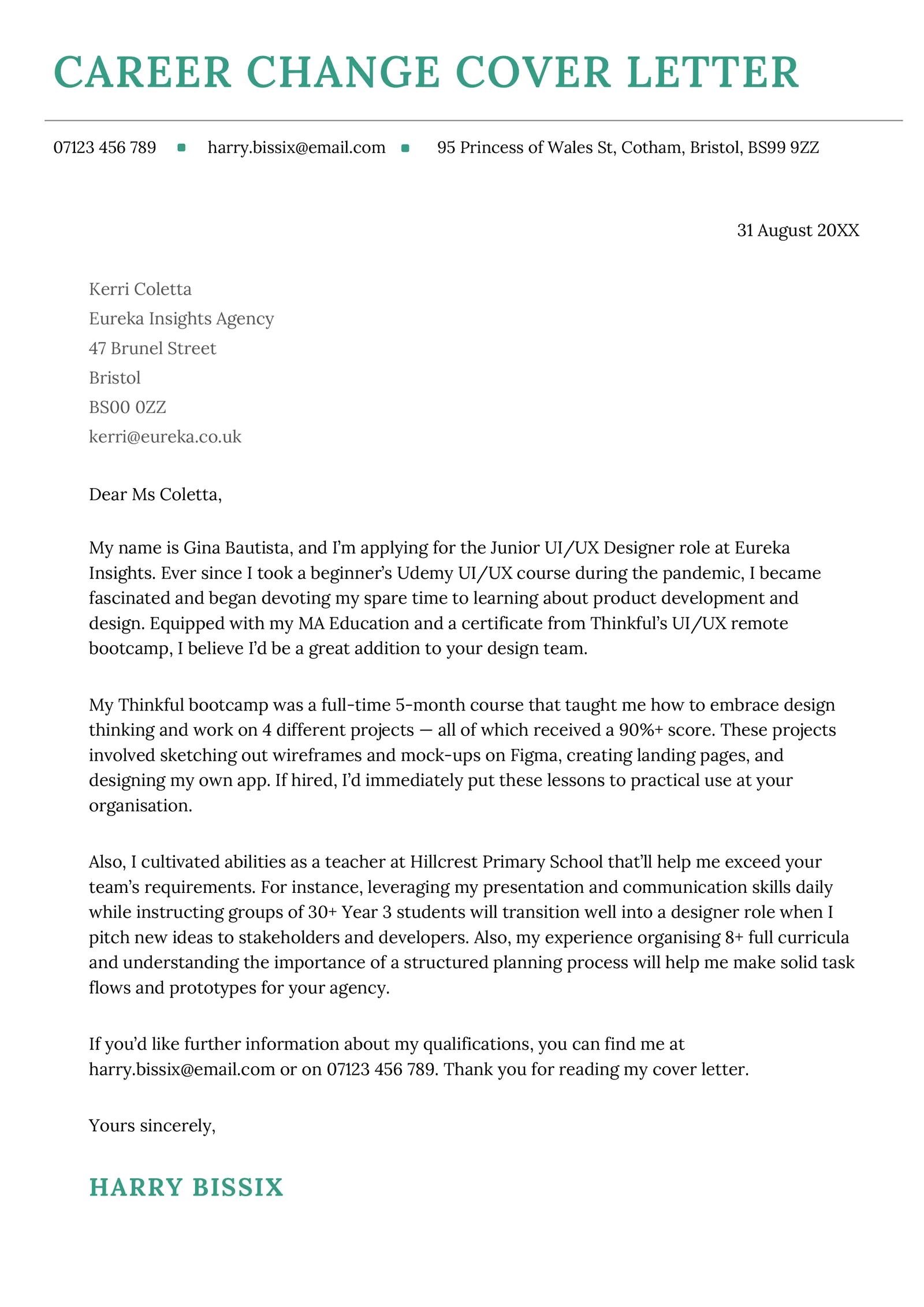
Don’t shy away from addressing your career change. It’s important to be upfront and honest about your transition. Your cover letter is the perfect place to explain your motivations and reasons for seeking a new path. By being transparent and providing a clear explanation, you can alleviate any concerns the employer might have about your career change. It’s an opportunity to reframe your experience and showcase your adaptability and drive.
Explaining Your Motivation for the Transition
Clearly articulate why you are making a career change. What motivates you to pursue this new path? It could be a passion for a specific field, a desire for new challenges, or a better work-life balance. Share your motivations and align them with the job and company if possible. For example, if you’re transitioning to a non-profit organization, explain your passion for making a positive impact. Be authentic and let your personality shine through to create a lasting impression and show your genuine interest.
Addressing Any Gaps in Experience
If your career change involves a significant shift, you may have gaps in your experience. Address these gaps proactively by highlighting any relevant training, education, or volunteer work you have undertaken to acquire the necessary skills. Frame any gaps in a positive light by focusing on your continuous learning and development. Even if your experience isn’t directly aligned with the role, it’s vital to show how you have actively worked to bridge the gap between your current skills and those needed for the new position. This will show the recruiter that you’re resourceful.
Formatting and Presentation
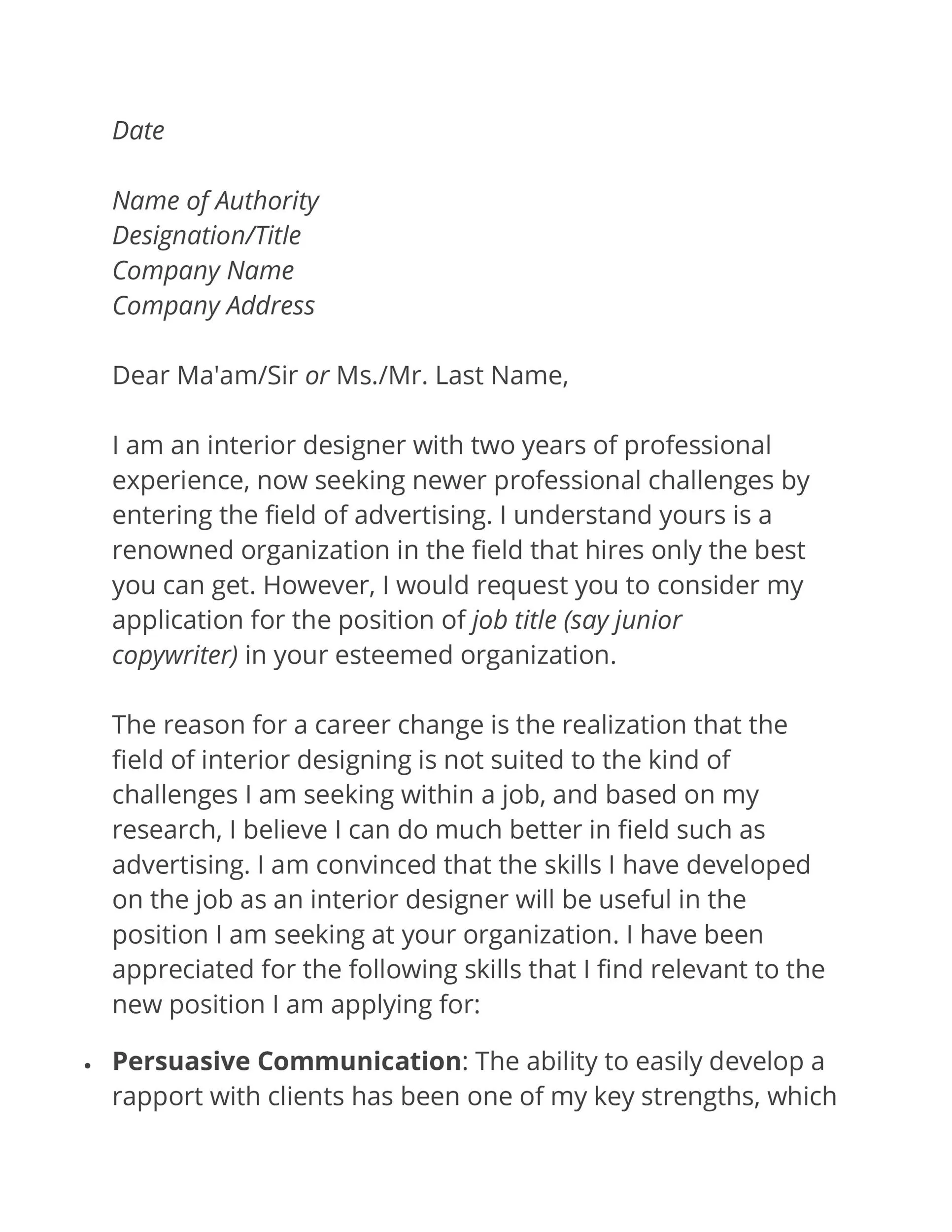
Your cover letter’s formatting and presentation are just as important as its content. A well-formatted cover letter is easy to read and reflects your professionalism. Ensure your cover letter is visually appealing and presents you in the best possible light. A clean, organized layout makes it easier for hiring managers to quickly grasp your key qualifications and increases the chances of your application being reviewed favorably.
Using a Professional and Readable Format
Use a professional and easy-to-read font, such as Arial, Times New Roman, or Calibri. Keep the font size between 10 and 12 points. Use a standard letter format with single-spaced lines and ample white space between paragraphs. Be sure to include your contact information at the top, and address the hiring manager by name whenever possible. These details demonstrate your attention to detail and professionalism. A well-formatted letter is a sign that you have taken the time to make a strong impression.
Proofreading for Errors
Proofread your cover letter meticulously for any grammatical errors, spelling mistakes, or typos. Errors can undermine your credibility and make you appear unprofessional. Read your cover letter aloud to catch any awkward phrasing. Ask a friend or family member to review it as well. Proofreading is crucial to ensure your cover letter is polished and reflects your attention to detail. A well-proofread cover letter demonstrates your professionalism and that you care about making a positive impression.
Including a Strong Call to Action
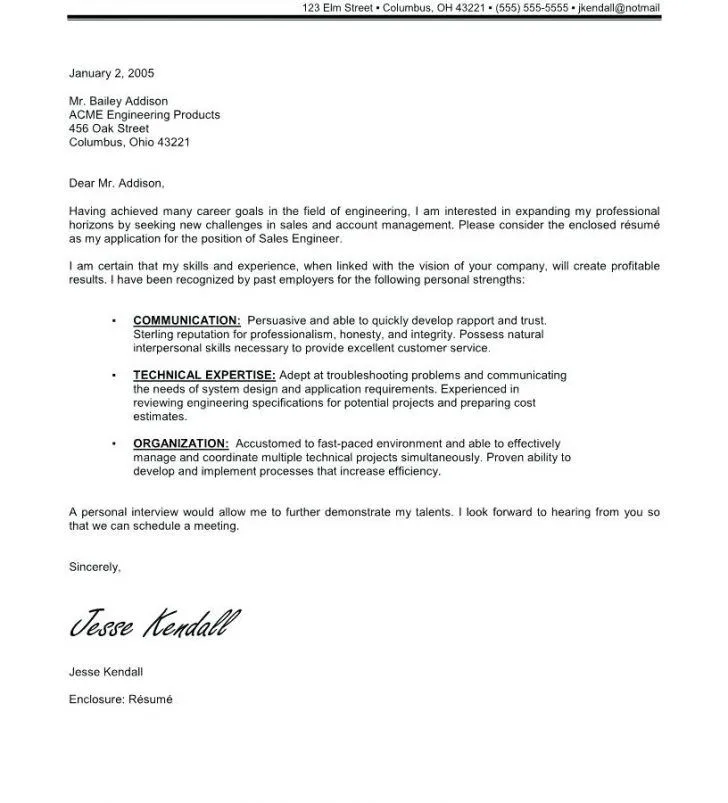
End your cover letter with a clear call to action. Let the hiring manager know what you want them to do next. This could be an invitation to contact you for an interview or a statement of your availability for a discussion. A call to action shows that you’re proactive and eager to take the next step. A well-crafted call to action can increase your chances of getting a response and moving forward in the application process.
Expressing Enthusiasm for the Opportunity
Conclude your cover letter by expressing your enthusiasm for the opportunity. Reiterate your interest in the role and the company, and convey your confidence in your ability to contribute. Expressing genuine enthusiasm shows that you are invested in the position and eager to make a difference. By ending on a positive note, you leave a lasting impression and increase your chances of securing an interview. A little enthusiasm goes a long way in showing how you stand out from the rest of the candidates.
